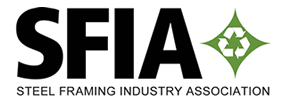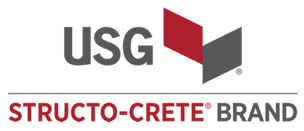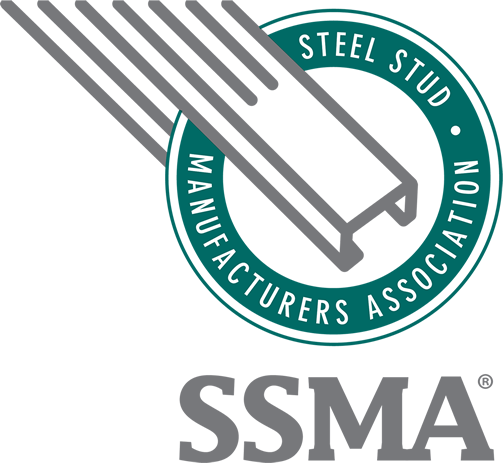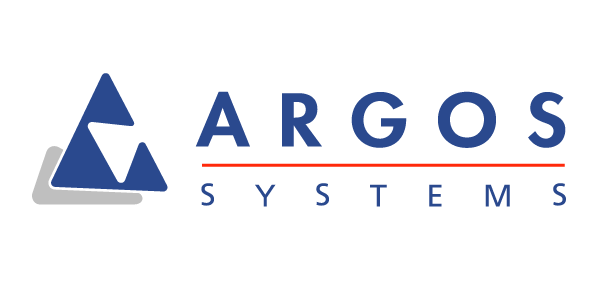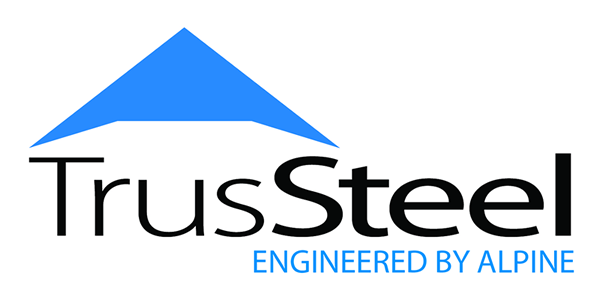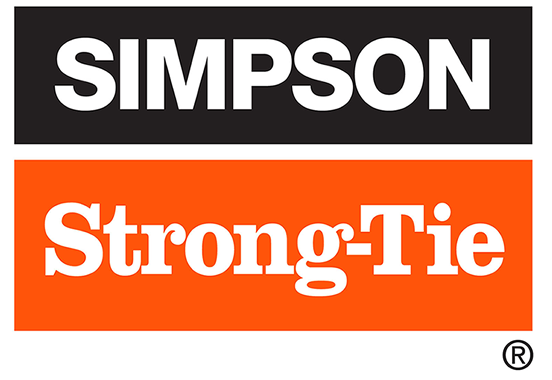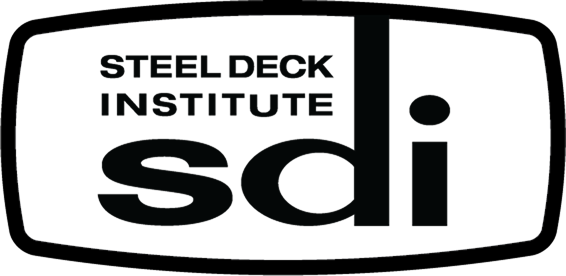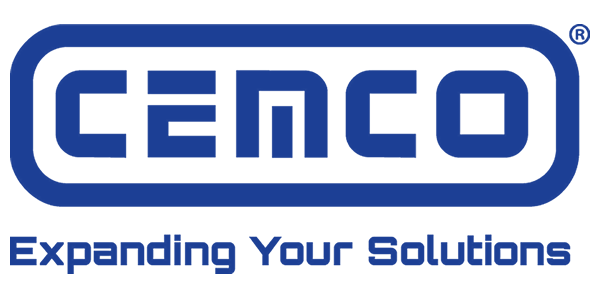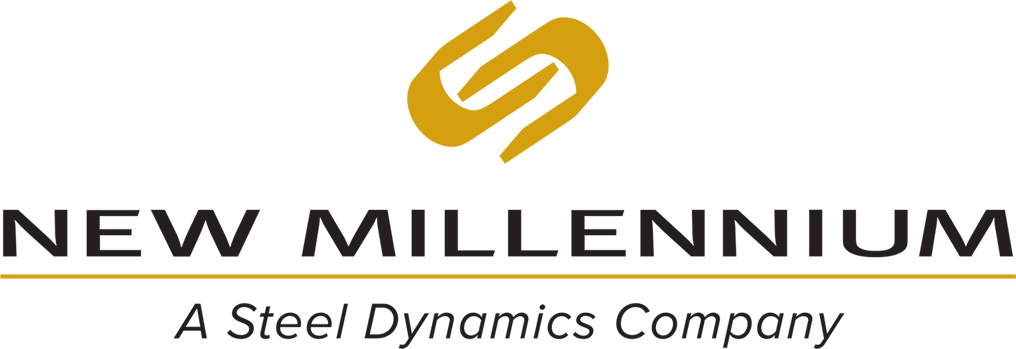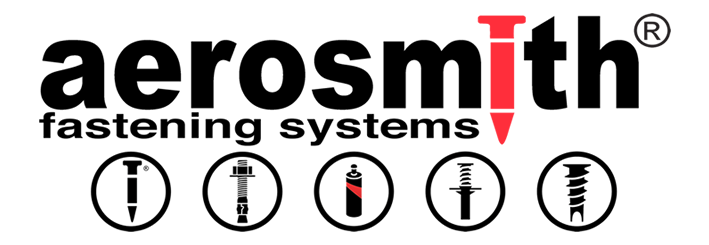
Composite Beams and Diaphragms in Steel-Framed BuildingsEarn 1 PDH / 1 LU|HSW
Composite beams and diaphragms in steel-framed buildings often depend on headed shear studs to transfer load between the steel beam and the concrete filled steel deck. The vast majority of historical tests to determine the behavior of these shear studs have used trapezoidal deck that is no more than three inches deep. A testing program was conducted to understand the strength, stiffness, and ductility of shear studs loaded perpendicular to the flutes of dovetail deck that is 3.5” and 4.0” deep. A pushout test setup was used consisting of two slabs oriented vertically and bearing on This presentation will analyze the test results and give recommendations for design.
Matthew R. Eatherton, Ph.D. Matt Eatherton is the Montague-Betts Professor of Structural Steel Design in the Department of Civil and Environmental Engineering at Virginia Tech. He conducts research on diaphragms and floor systems in steel buildings, as well as seismic design of steel structures. He is a part of the Steel Diaphragm Innovation Initiative (SDII) www.steeli.org that generated a number of updates to steel deck diaphragm design provisions in recent years. He has seven years of practicing structural engineer experience and fifteen years of academic experience. He has been awarded several honors including the AISC Milek Faculty Fellowship, NSF Career award, AISC Early Faculty Award, ASCE Moissef Paper Award, and the Curry Faculty Fellowship at Virginia Tech. Click to register |





